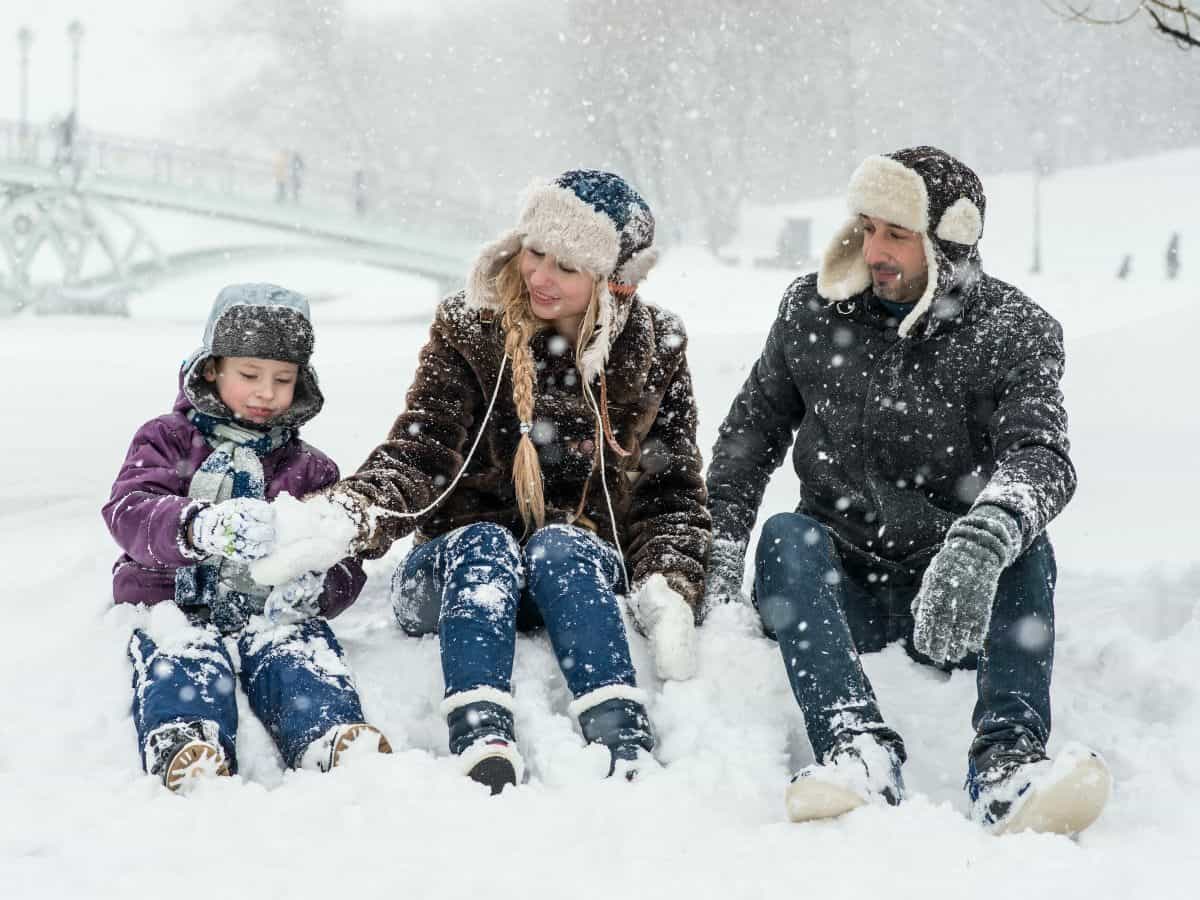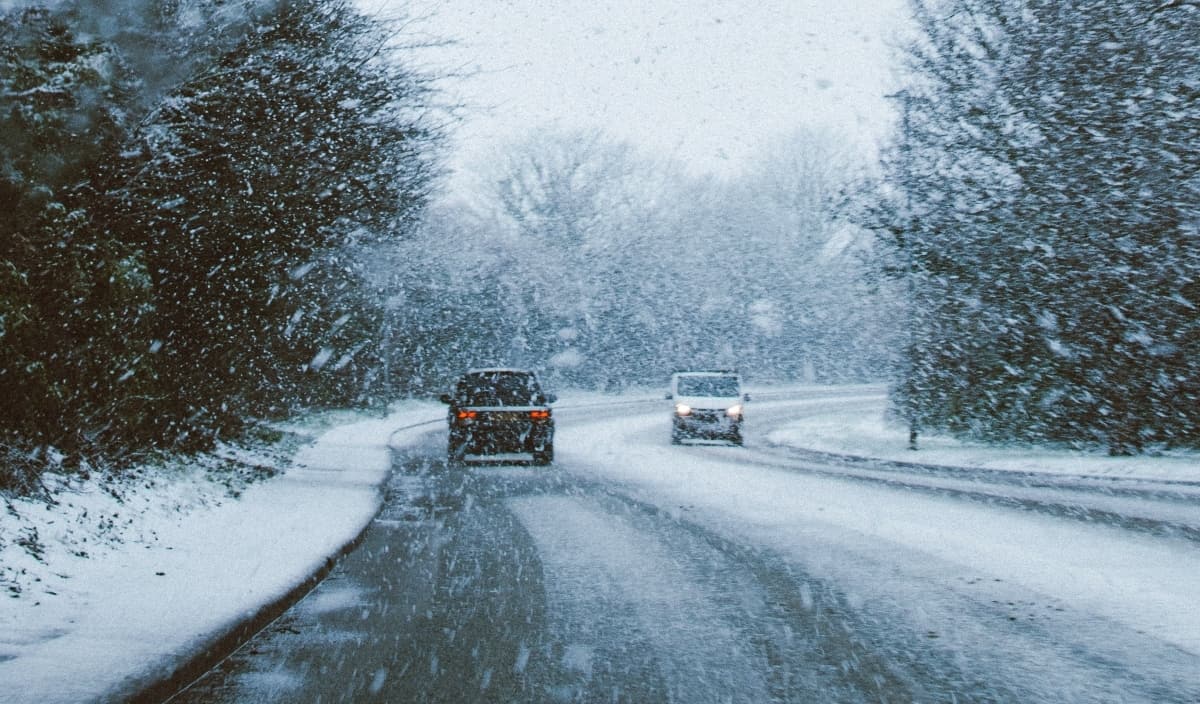Winter has hit most areas of the country. Predictably, winter can be unpredictable. Blizzards, icy roads, and heavy winds can make living and maneuvering the roads difficult. As we have little control over Mother Nature, the best we can do is be prepared. But how to prepare for a winter storm?
Here are some tips on how to make sure your home and car are ready for the worst of winter conditions.
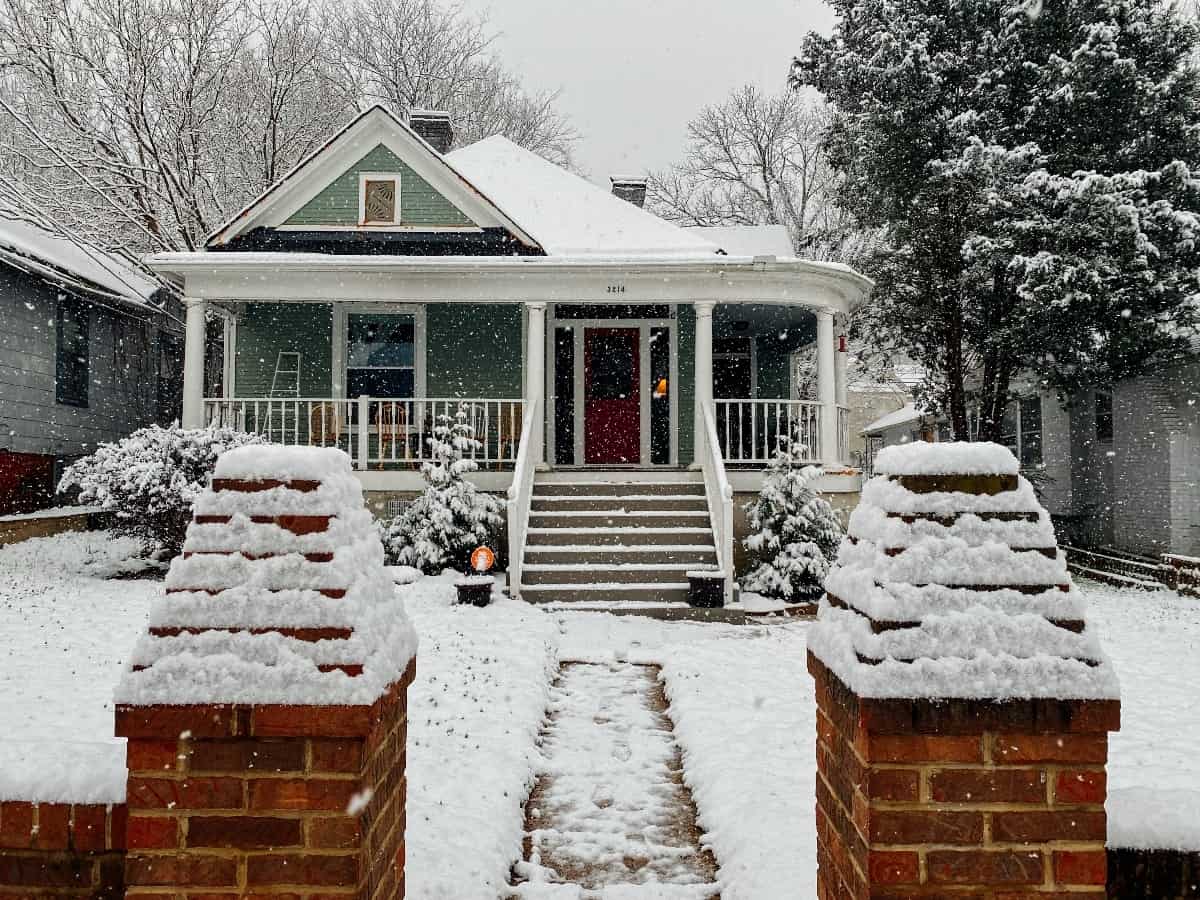
Preparing Your Home for Winter
The few steps below can explain how to prepare for a winter storm.
Clean Your Gutters
While this should be done every season, just before winter is the most critical time to do so. If snowfall in your area is heavy, your home bears additional weight. But more importantly, your home could suffer from water damage as the snow and ice melt and refreezes overnight. The melted water needs somewhere to go. If your gutters are filled with leaves and debris, they will not drain properly.
Re-Caulking Windows and Doors
For very little money, this step can prevent water damage and heat loss. It can be done in just a few hours. Caulk only the outside perimeter of the door and window molding with exterior silicone caulk. It is less affected by extreme winter temperatures, meaning it will not shrink and expand as the weather changes.

Roof Inspection
This is one of the most vital steps when preparing your home for winter. If you cannot access your roof, a contractor can look for broken or loose shingles that cause heat loss. Heavy snow and rain can severely damage a roof. It is vital that you repair any damage before it is put to the toughest test: packed snow.
Reverse Ceiling Fans
Doing this will create an updraft, which will push down any hot air pressed against the ceiling. By recirculating this warm air, the heat is used more efficiently, which could reduce energy usage and save you money.
Chimney Inspection
If you have a fireplace, it should be inspected prior to each burning season. When burning wood, deposits of creosote can build up on the inside of the chimney. The smoke from a fire can cause it to ignite, causing a chimney fire.
Tune Up Home’s Mechanicals
Hire a professional to clean and tune up your furnace, either electric or gas. This will help it perform more efficiently during the cold winter months. Also, change the batteries in your smoke detectors and carbon monoxide detectors.
Trim Tree Branches
Winter snow and ice can cause tree branches to break under the weight. If they hang over your home, trimming them can prevent roof damage if a branch should break.

Stock Your Pantry
A winter storm can easily cause folks to be snowed in for days. Here is how to prepare for a winter storm if you are unable to get to the grocery store. Stocking your pantry beforehand with the items listed below and other non-perishable foods can be the solution.
- Bottled water. Have at least one gallon per day, per person, for three days at least
- Canned goods. Such as soups and stews
- Bagged or boxed snacks. Such as crackers, cookies, and chips
- Granola and cereal
- Jarred items. Such as pickles, jellies, and meats
- Canned tuna and salmon
- Peanut butter
- Dry pasta and jarred sauce
- Wax-sealed hard cheese
- Salted butter. This lasts longer than unsalted butter at room temperature
- Dried fruit, jerky, nuts, energy bars
- Bottled juice, coffee, tea, and hot cocoa mix
- Extra paper products such as paper towels and toilet paper
If you have time prior to the storm hitting, make a trip to the grocery store for these items:
- Milk
- Bread
- Eggs
- Fresh fruit and vegetables
- Baking ingredients
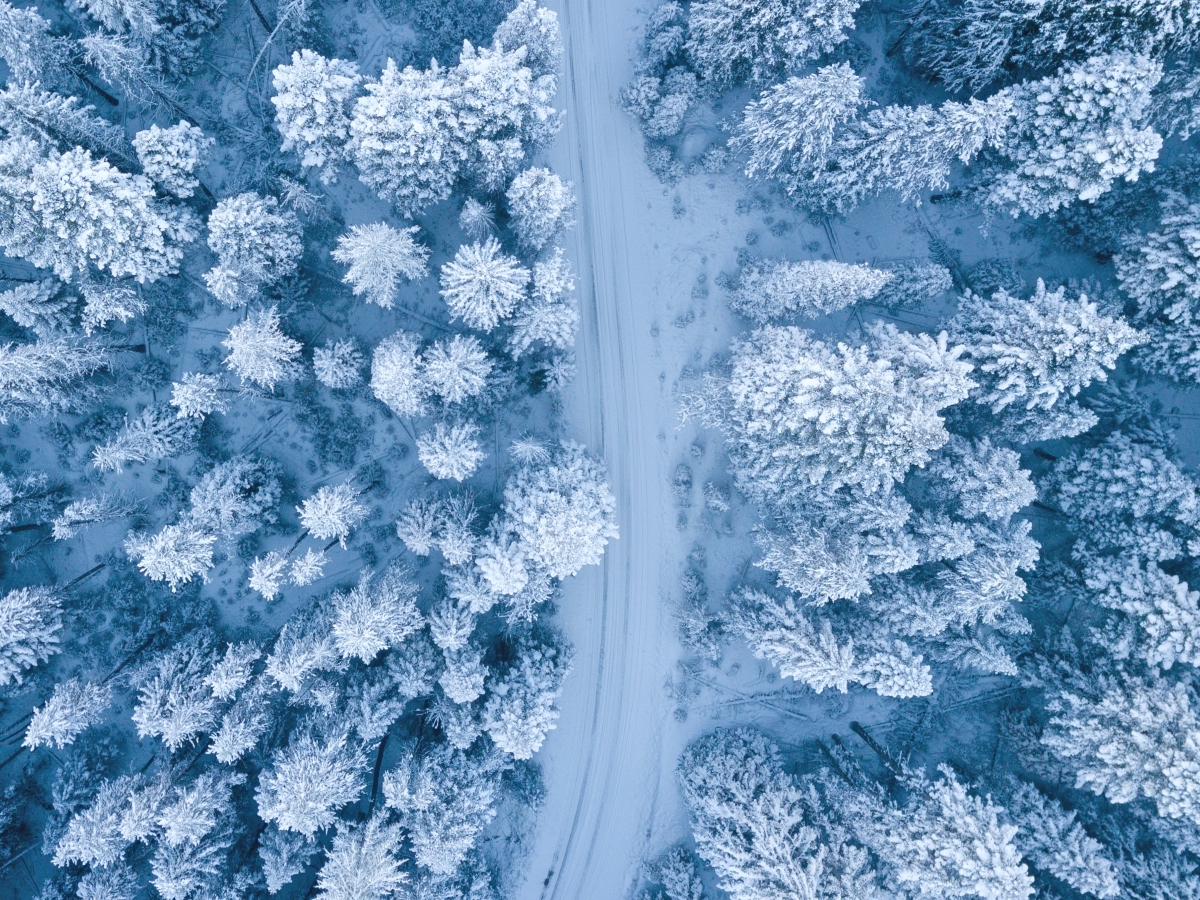
Prepare Your Vehicle for Winter Roads
Winter driving can be dangerous and doing it safely can be difficult. How to prepare for a winter storm includes making sure your vehicle is prepared for any driving conditions and carrying a winter car emergency kit is recommended. Follow these tips:
Check the Tread on Your Tires
Use the penny test! For this, you’ll take a penny and place it in the groove of your tires. With Lincoln’s head facing you, put the penny in the tread so Lincoln’s head is no longer visible. If his whole head is visible while in the groove, it’s time for new tires!
Fill Your Tires With Air
Low tire pressure is dangerous on icy, winter roads.
Snow Tires
In the northern areas of the country or mountain areas, snow tires can help drive on slippery or snowy roads. As snow tires will reduce your gas mileage, only use them during harsh winter months.
Change Oil and Antifreeze
Regular maintenance helps prevent car trouble and is especially vital during winter months.
Fix the Heater
While a short drive is not troublesome without heat, consider if you are stuck in traffic for a long period of time. Having a heater that works can prevent a lot of discomfort.
Inspect Your Battery
The capacity of your battery is reduced in cold weather. Have your battery’s fluid and cables professionally inspected prior to winter.
Drain the Fuel From Small Engines
Don’t forget about your lawn mower or weed eater. Gasoline does not last forever, as it decomposes quickly. It will cause the carburetor to gunk up, making it difficult to start when winter is over.
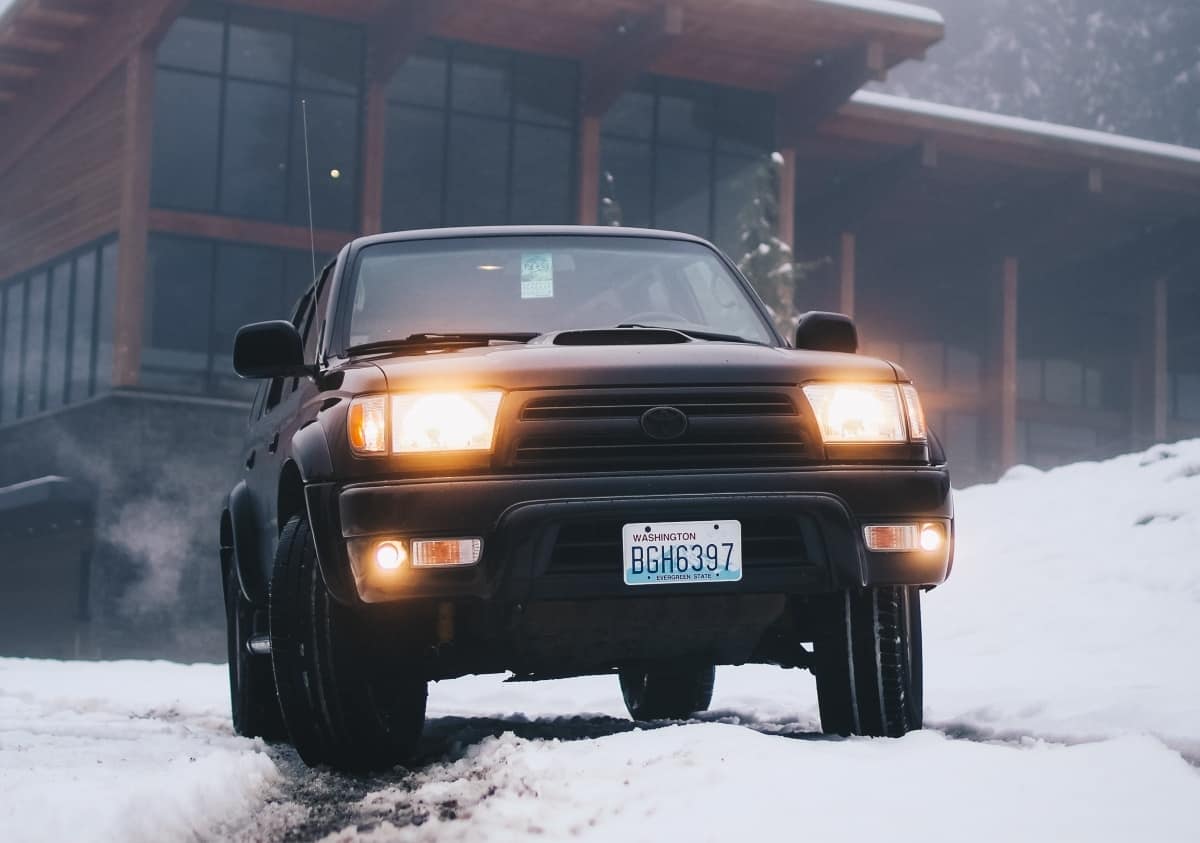
Tips for How to Drive During Winter Weather
How to prepare for a winter storm also includes re-educating yourself on safe driving. While having your car ready for winter driving is important, there are several safety tips that will help you stay safe on the roads during harsh winter weather.
Allow Extra Travel Time
Because of the road conditions, driving to any destination will most likely take more time than usual. You will need to watch for snowplows, unplowed roads, road sanders, and other slow-moving cars. If it takes 15 minutes to normally reach your destination, double or triple the time to make sure you get there safely.
Remove Snow and Ice From Your Car
Clear your windshield and windows of any snow accumulation or ice. This will prevent large chunks of ice or snow from flying off your windshield and hitting another car.
Keep Your Speed Down
Obeying the speed limit is a good way to ensure safe driving. But it isn’t always the best way. Driving according to the existing road conditions is much safer. The faster you are traveling, the less reaction time you will have if you begin to skid on ice.
Accelerate and Decelerate Slowly
Do not slam on your brakes or rev up your engine, as both actions could cause a tailspin.
Use Your Seatbelt
As most winter storm deaths involve a vehicle, wearing a seatbelt will reduce the chance of a car crash injury by almost 50%. Be sure to stay buckled up while driving!
Do Not Use Your Cruise Control
Driving in the winter requires the driver to be in complete control of his or her car at all times. An icy patch of road can unexpectedly appear and cause a loss of control. Using cruise control can make driving more dangerous.
Black Ice
Black ice is thin, see-through ice that blends in with the pavement. It is hard to see while driving and you will not be aware of it until you have driven over it. The best way to handle it is to let up on both the brakes and gas and keep the wheel straight. If you begin to fishtail, gently turn the wheel into the spin until you have regained traction.
Emergency Equipment
It is important to stock your vehicle with things you could need in the event of car trouble during a winter storm. If you become stuck in a snowbank or are stranded in a winter snowstorm, these emergency items will come in handy:
- Emergency flares or reflectors
- Flashlight
- Battery-operated radio, with extra batteries
- Ice scraper
- Shovel
- Jumper cables
- Neon flag or ribbon
- Sturdy rope or chain for towing
- Tire chains
- Rock salt for melting ice, sand, or kitty litter to provide traction
